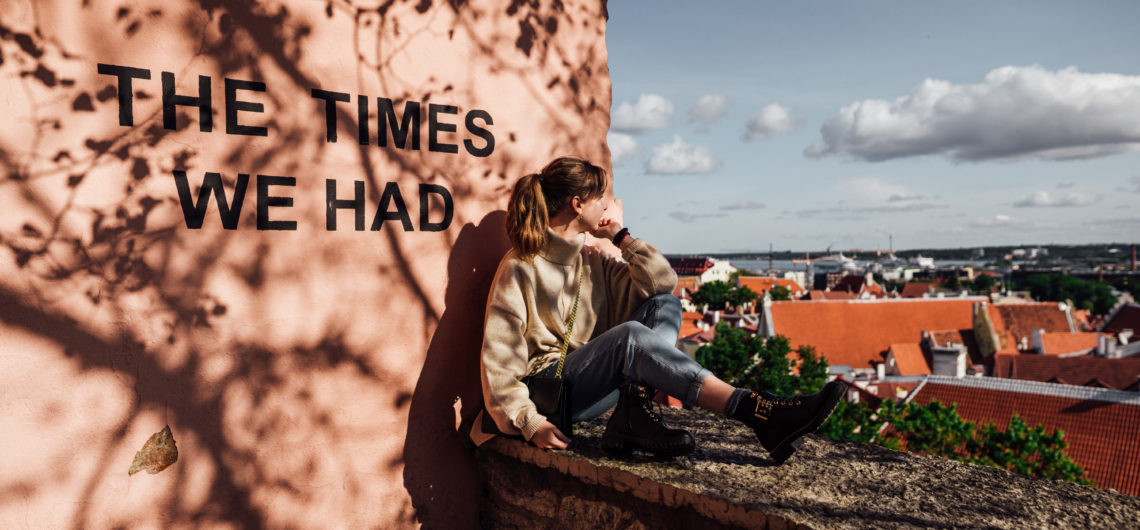As Prangli Travel has almost 10 years of experience in organising tours, we asked our tour guides about the most frequently asked questions that they get about Estonia. Here are the answers to the most common questions asked during the tours for the most curious travellers (meaning you), who cannot even wait until they get to the tour.
Cover photo © Simon Snopek, Creators Camp 2019
What is the temperature like in Estonia?
The temperature in Estonia fluctuates a lot throughout the year. Just to give you a scale, the coldest temperature ever measured in Estonia was −43,5 °C in 1940. The hottest temperature record in Estonia is +35,6 °C measured in 1992. However, normally we expect around +25 °C during the summer months and -10 °C in winter with thick snow from December to February. Sadly, the climate has changed here and the winters have become warmer. Every year can be different, so make sure you check the weather forecast before you arrive.
What language do you speak in Estonia?
We speak Estonian. Is it Estonian like Russian? Not at all and most of the locals that are younger than 35 years cannot speak Russian. Estonian language is one of the oldest languages in Europe and it originates from the Ural Mountains. Estonian is related to Finnish and Hungarian languages. While we hardly have any words in common with the Hungarians, we can normally guess what the Finnish are talking about. However, we cannot have a meaningful conversation with the Finns without switching into English or to another common language. There are other languages related to Estonian, which are spoken by small minority groups in Russia, such as Sami, Mari, Komi and others. Those languages are mostly fading, as there is a strong pressure for Russification.
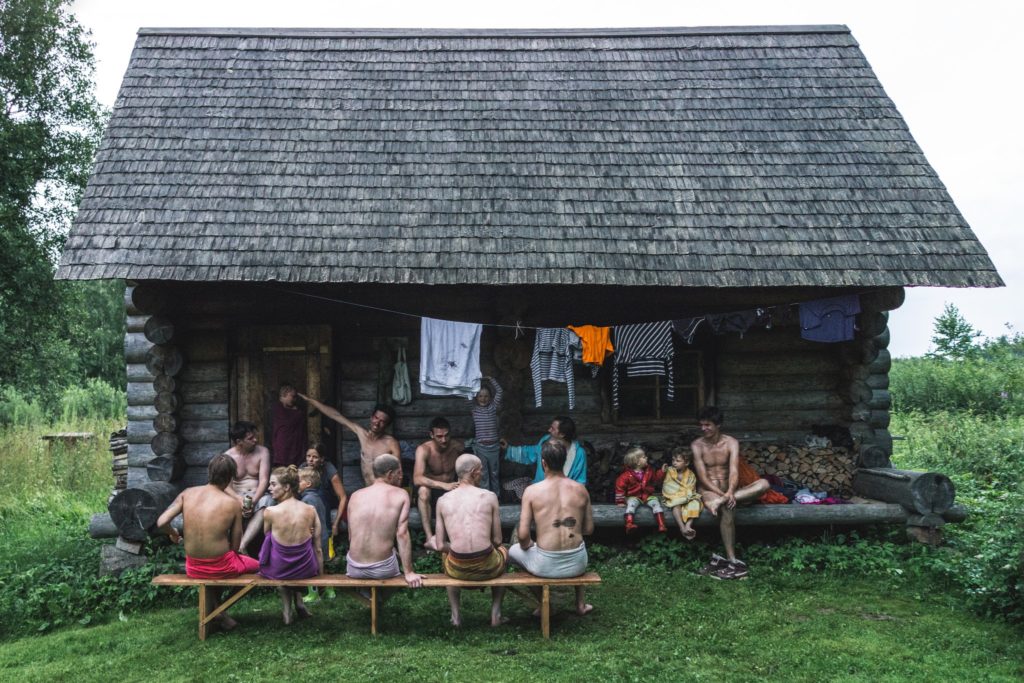
What are the must-do things in Estonia?
For a real Estonian experience, you should:
- Try local rye bread and kama dessert
- Get out of Tallinn, go for a bog walk and spend time in the nature
- Have a sauna
How to get outside of Tallinn?
Although Tallinn with its Old Town and suburbs is a gem to visit, you should definitely get outside the city. Estonia has beautiful nature, more than half of the country is covered with forest and there are plenty of hiking trails around the country. Even near Tallinn, there are beautiful waterfalls to discover and hidden beaches to find. In order not to feel stuck in the city, you can find some public transportation routes to Keila-Joa or Aegviidu or rent a car. If you want to have a hassle free trip and not to worry about getting lost, then book a day tour with a local guide and let them lead the way to the best spots outside the city.
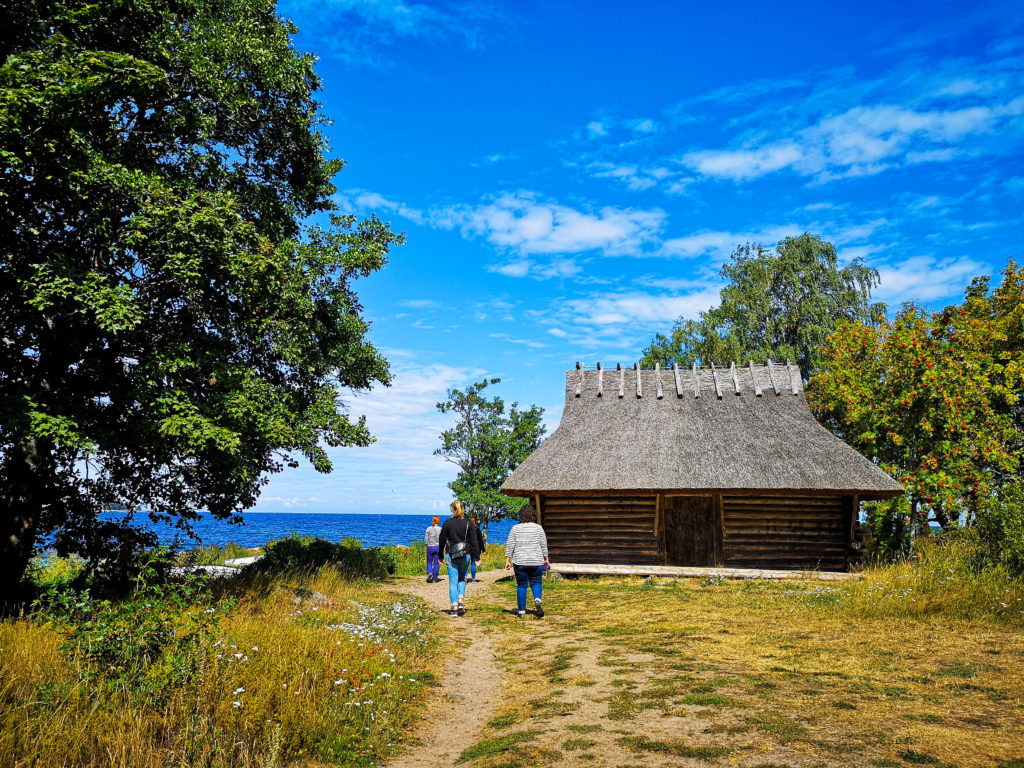
How many Russians live in Estonia?
As Estonia was part of the Soviet Union from 1940s until 1991, many people from other parts of Soviet Union were moved here for new jobs in the newly opened factories. Since then, Estonia has a Russian minority that makes up 25% of the population. Nowadays, however, the local Russians are more integrated and there are no conflicts between the local Estonians and Russians. There are still some problems, such as many Russian kids still go to separate Russian schools and there are areas in Tallinn as well as in eastern Estonia which are mainly Russian-speaking with a lack of Estonian-speaking teachers.
How are the relations between Estonia and Russia?
There are people who consider Estonia an alternative Eastern European destination due to its history of being part of the Soviet Union and now holding the border between the EU and Russia. Despite the stereotypes, the locals are not saving emergency food in case something happens or watch military tanks roaming on the streets – most people are not too worried about Russia. However, Russia definitely plays an important role in our international politics. Luckily Estonia is part of NATO which helps a lot to sleep better at night.
It is important not to mix Russian politics with the Russian culture. Generally, locals like the ‘true Russian spirit’ and there are several famous poets, musicians and artists from Russia, such as Pushkin, Chekhov, Tchaikovsky, Stravinsky and many others whose work people admire. You can find out more about the Soviet time in Estonia on this Secrets of Soviet Tour in Tallinn.
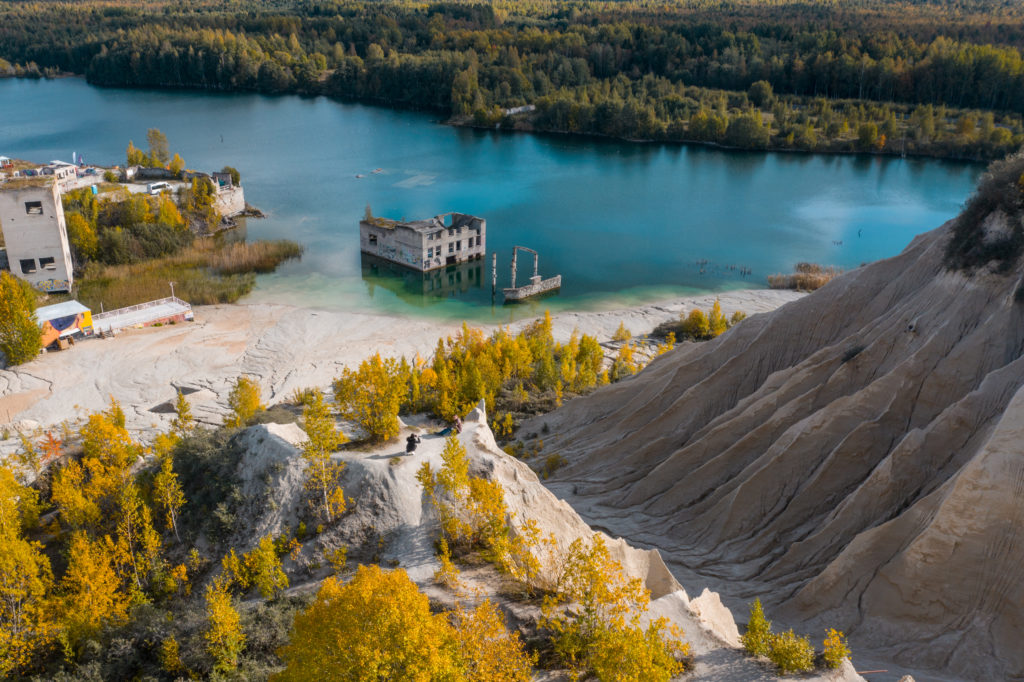
Is tap water safe to drink in Estonia?
Yes, water quality is very good in Estonia and it is safe to drink tap water.
Do you use euros in Estonia?
Yes, Estonia switched to euros in 2011. Before that we had our old currency called kroon, which means crown, despite us never having our own monarchy. One euro was worth 15.6 kroons. However, we try not to calculate the current prices back to our old currency as the prices increased significantly since we switched to euro.
What do the colours of Estonian flag represent?
Estonian flag is blue, black and white. Blue represents the blue sky above our land, although don’t put your hopes up – the sky is not always blue here. Black represents the soil that carries all the food for us, although many associate this with the history. White stands for purity, hard work and commitment, but many people rather say it is for snow – probably because it sounds more fun that commitments.
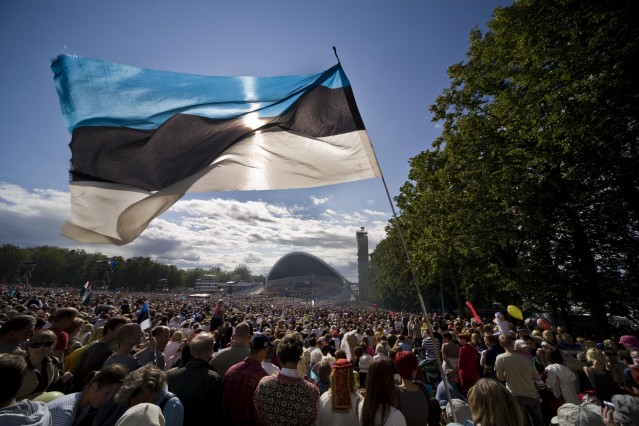
Why is Estonia a country?
Yes, this is a question that some of our tour guides have heard couple of times. It is referring to our small population of only 1.3 million people. Some ask why are we independent instead of being part of potentially larger and more powerful country. The simple answer is because of our language and culture. It is very easy to distinguish Estonians from anyone else, simply because no one else understands us. As we are also a northern nation who likes to have our own space, we decided to do things in our own way and in our own language. People are very proud of Estonia being independent, so try to be delicate when getting into some political discussions with the locals.
What is typical Estonian food?
Dark rye bread that many locals have with almost every meal is something you should definitely try while in Estonia. Many bake their own bread at home and so do some of the restaurants in Tallinn. Another Estonian dish is kama, which is a traditional dessert. Kama flour is a mix of barley, rye, oat and pea flour which was traditionally added to sour milk and served with some jam as a dessert. Nowadays, many restaurants serve kama with ice cream, whipped cream or meringues as we have increased our standards since the times when we were humble peasants.
Estonian cuisine uses anything you can get from here – the vegetables you can grow in your garden, fish you can catch from the sea and rivers, mushrooms you can pick from the forest and of course meat. When dining out, ask your waitress, what is the most typical Estonian food that they serve and let them surprise you. There are also many vegan restaurants in Tallinn serving Estonian food and we have a wide local craft beer selection. You can check our Craft Beer Tasting Tour to get you started.
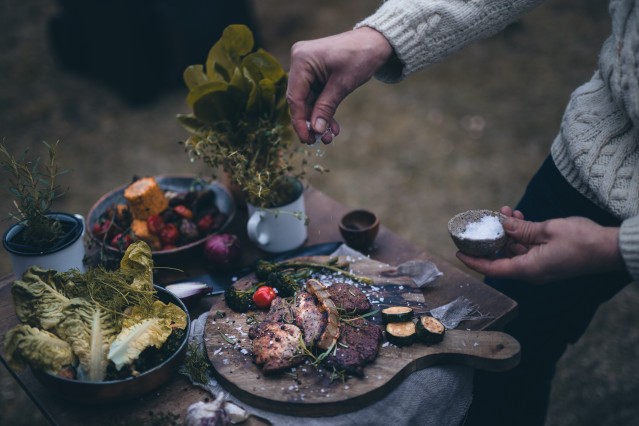
What do Estonians do during the winter?
If winters has beautiful white snow and below zero temperatures, then most Estonians generally enjoy it. Many locals love cross-country skiing, kids like to go sledding, building snowmen or play snowball fight. Everything here is adapted to snow – people change the tires of their cars twice a year between studded winter tires and normal summer tires, the streets are regularly cleaned from snow and life continues normally. Kids only get days off from school when the temperature drops below -20°C.
You can read more about things to do in winter from our blog post 11 Fun Winter Activities in Tallinn and Estonia.
What is the national sport of Estonia?
For a long time, Estonians considered cross-country skiing as our national sport. People enjoy skiing and there are public ski marathons and competitions every winter. You can try out cross-country skiing if you visit Tallinn during the winter!
As a small country, we are proud of each successful athlete from Estonia. We have rally drivers Ott Tänak and Martin Järveoja who won the World Rally Championship in 2019. We also have Kelly Sildaru who was the youngest gold medallist at X games – being only 13 years old at the time. As of 2020, she has won 5 gold medals from X games and will hopefully be successful in the next winter Olympics.
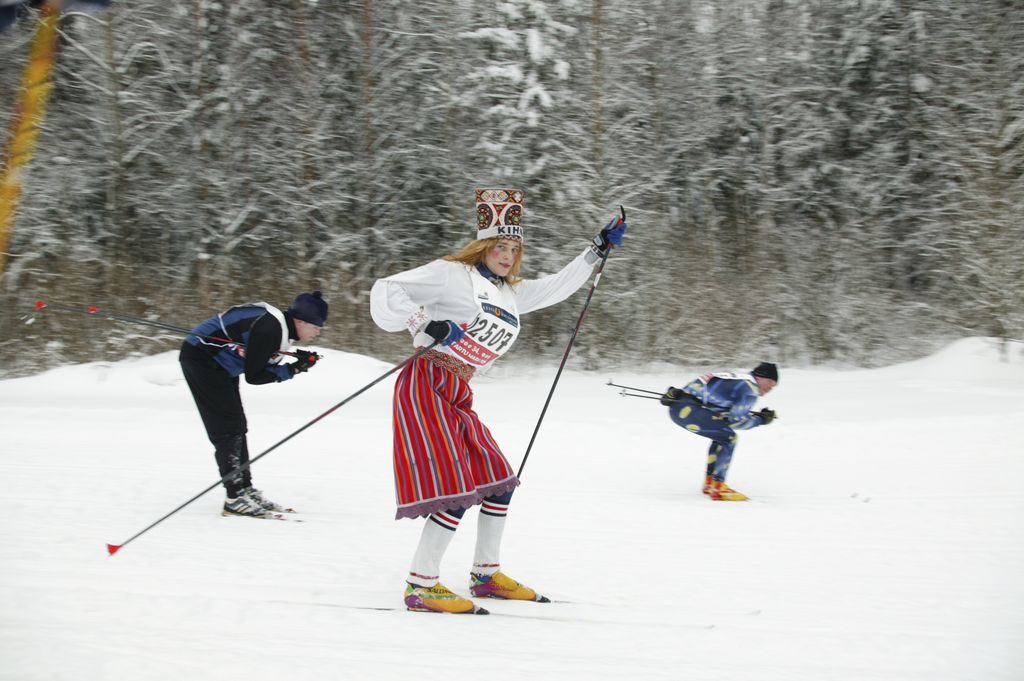
How many universities are there in Estonia?
There are six universities in Estonia. The largest and oldest university is Tartu University, which is focused on science and medicine. The public universities are state funded which means that studying is for free for locals. There are also some private universities and state-funded specialised higher education institutions. Most of the universities teach in Estonian, although there have been more English courses added over the past years.
Are there any famous Estonians?
The most famous thing from Estonia is Skype and the guys who invented it (before it was sold to Sweden). There are also the most supermodels per capita in Estonia compared to any other country. However, the most famous Estonian is definitely Arvo Pärt – a contemporary classical music composer whose work has been played by some of the largest symphony orchestras around the world. He is still composing and can sometimes be seen walking in pine forests in Laulasmaa where he lives and also where the Arvo Pärt Centre designated to him is located.
Hopefully you found answers to some of your questions about Estonia. If you would like to know more, then the best way would be to book a tour with a local guide who can answer all your smart and silly questions. Check out the Estonia’s Bogs and Sauna Tour for a true cultural experience or visit Prangli Island near Tallinn for its unique nature and locals.

